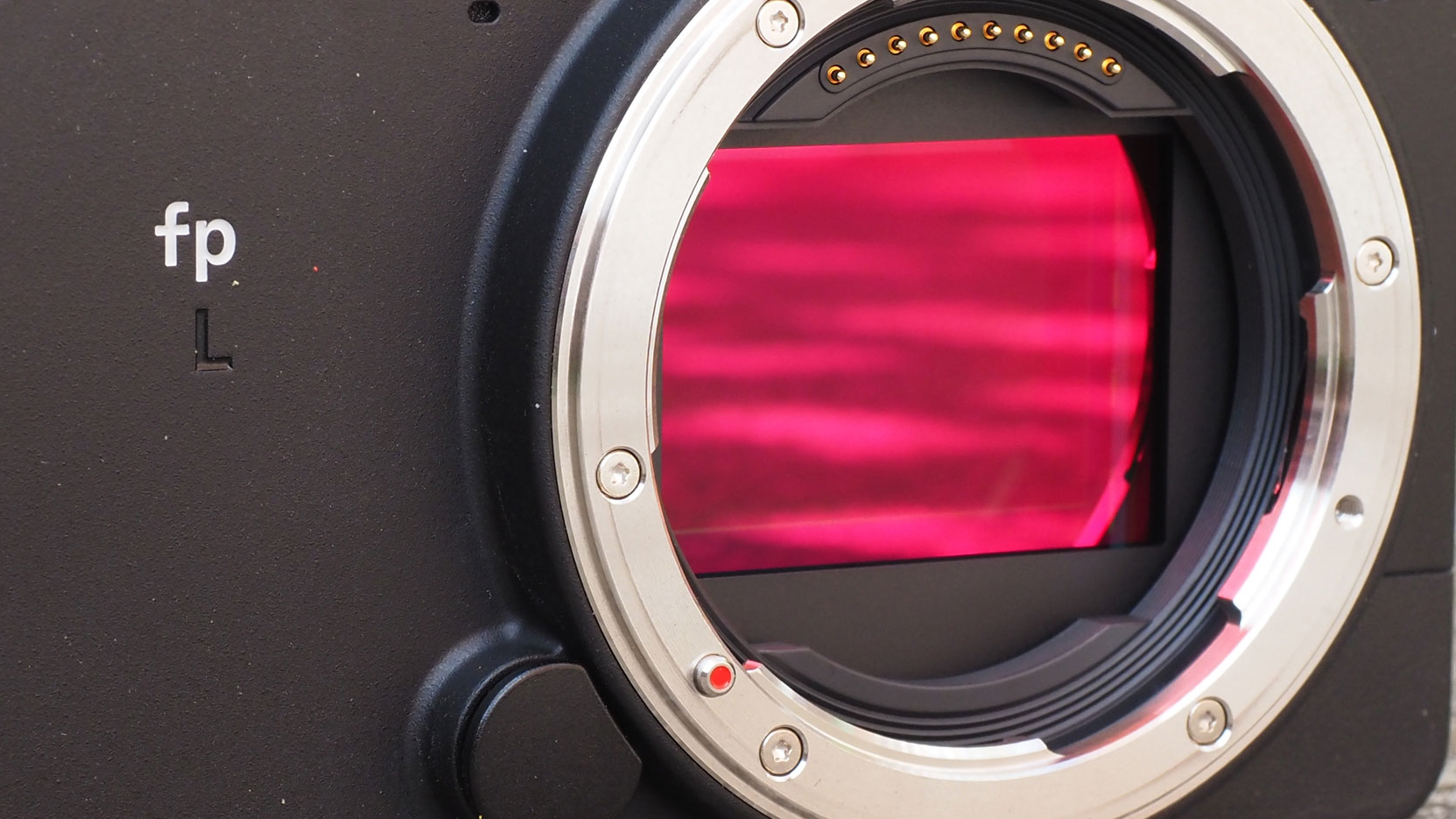Sigma patents a plan for perfect white balance control
Sigma patent brings infra-red and flicker detection inside the camera body

Sigma's new patent is described on the Japanese J-PlatPat site, the Japan Platform for Patent Information, and since this is translated by computer from the original Japanese, we hope we haven't garbled it too much.
Sigma's patent appears to use sensor technology already included in camera designs to make a much better guess at the light source being used and hence make some much more intelligent gain adjustments during image processing for more accurate and/or neutral colors.
This sounds really useful for indoor sports, indoor portraits and low-light photography in general. One part of Sigma's patent uses phase-detect AF tech as used on all the best mirrorless cameras, while another combines an in-body detector with the sensor's infra-red filter.
One of the methods used by digital cameras to estimate white balance is an external infra-red sensor on the camera body. This is designed primarily for infra red remote control, but can also be used by the camera to detect the presence of infra-red in the scene, which is a telltale sign of a low-temperature incandescent or other artificial light source.

Sigma's argument is firstly that an external sensor does not match the angle of view of the lens actually being used, and secondly that it's easily obscured by the user's hands when operating the camera, by larger lenses and even simply by the sensor being in a shadow cast by the grip, the lens or the surroundings.
It appears that Sigma's patent uses the infra-red filter in front of the sensor to send infra-red information to a detector. The presence of infra-red will identify specific light sources for gain control and white balance adjustment.
The second part of this patent uses on-sensor phase-detection AF hardware to identify any. flicker in a scene, and since flicker is an indicator of another type of artificial lighting, typically fluorescent lights, this is another indicator for precise white balance selection.
This is currently a patent, and does not describe any particular product, so we may not see this in any camera any time soon. But it appears to be a patent for a method and not necessarily for a specific hardware setup, so for all we know Sigma's clever thinking could turn up in other cameras without us even knowing.
- Photography cheat sheet: What is white balance?
- Photography cheat sheet: Color temperature & the Kelvin scale
- Cheat sheet: White balance presets
The best camera deals, reviews, product advice, and unmissable photography news, direct to your inbox!

Rod is an independent photography journalist and editor, and a long-standing Digital Camera World contributor, having previously worked as DCW's Group Reviews editor. Before that he has been technique editor on N-Photo, Head of Testing for the photography division and Camera Channel editor on TechRadar, as well as contributing to many other publications. He has been writing about photography technique, photo editing and digital cameras since they first appeared, and before that began his career writing about film photography. He has used and reviewed practically every interchangeable lens camera launched in the past 20 years, from entry-level DSLRs to medium format cameras, together with lenses, tripods, gimbals, light meters, camera bags and more. Rod has his own camera gear blog at fotovolo.com but also writes about photo-editing applications and techniques at lifeafterphotoshop.com
